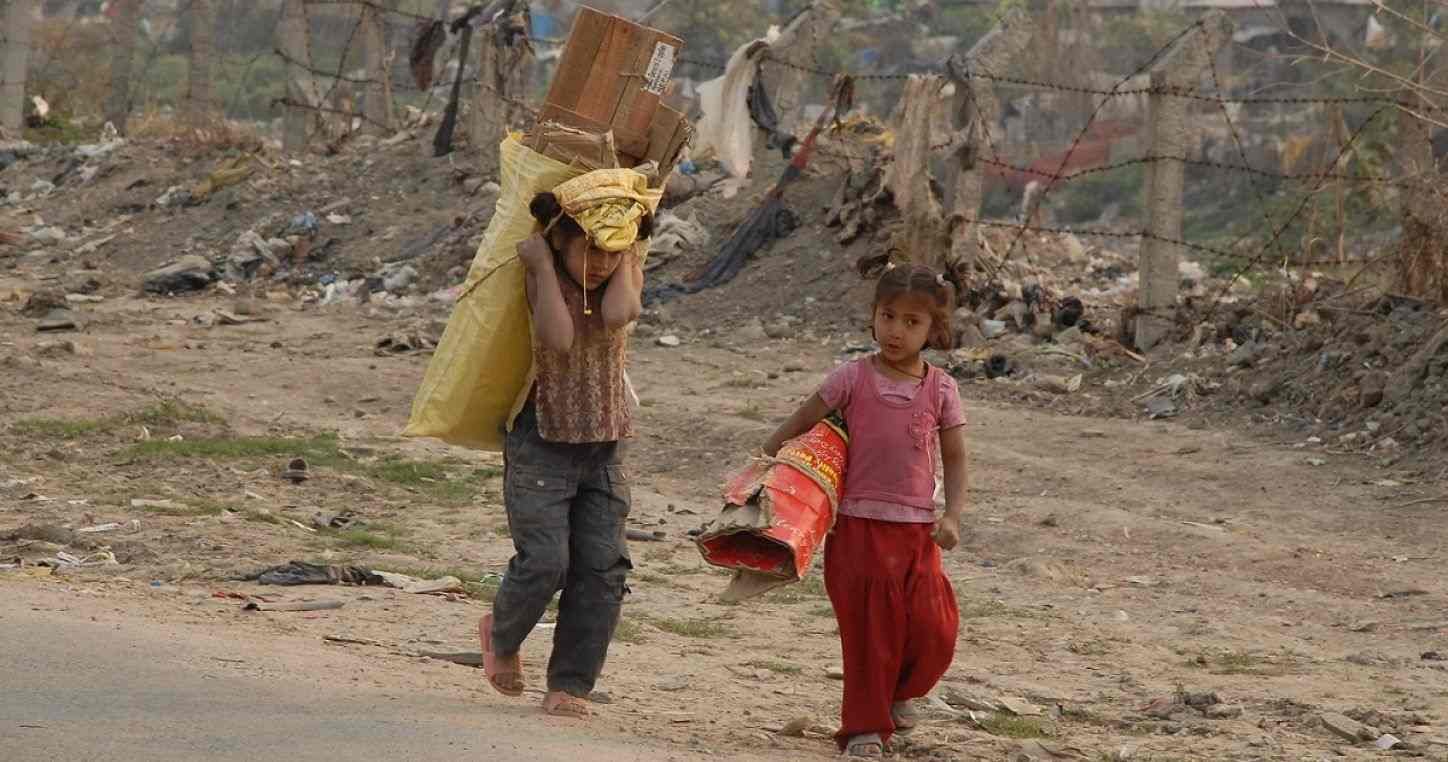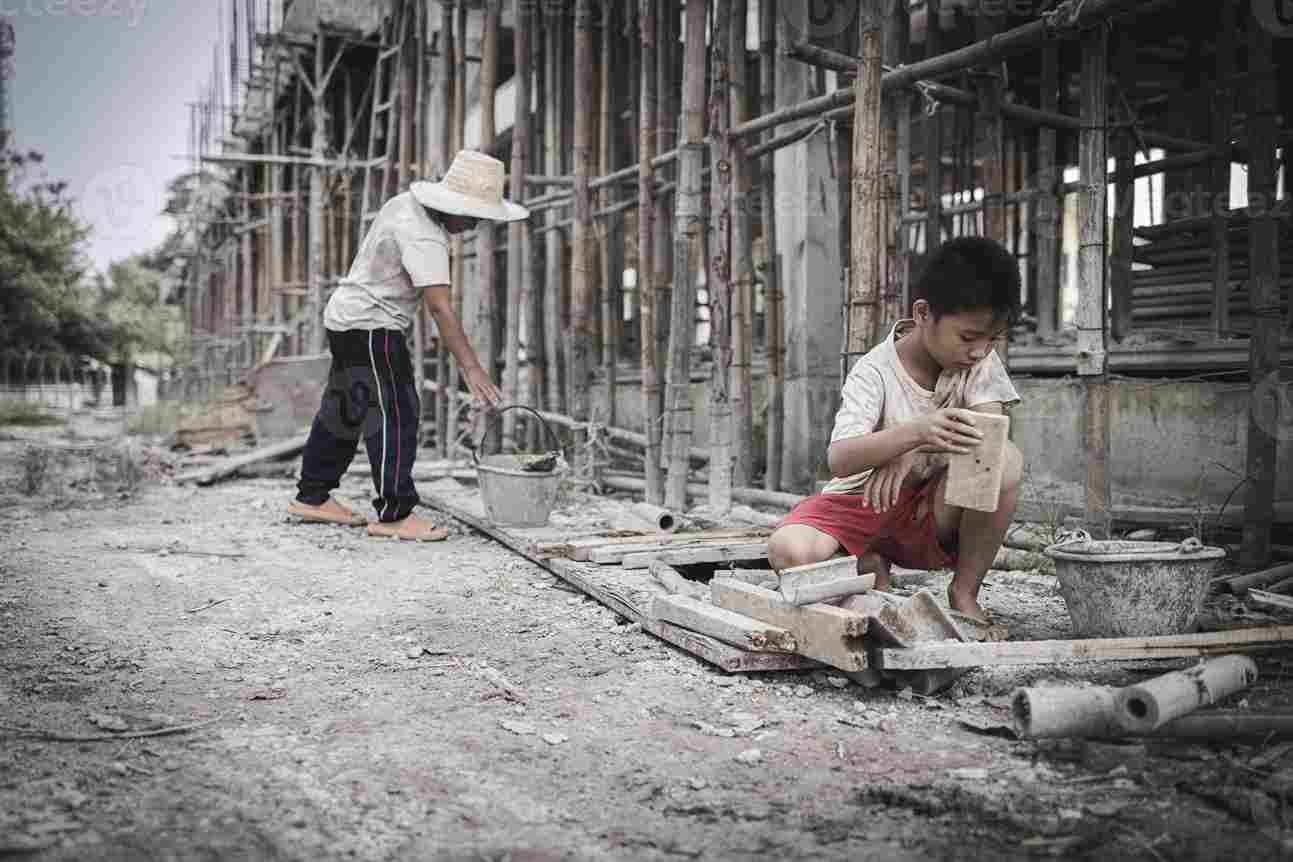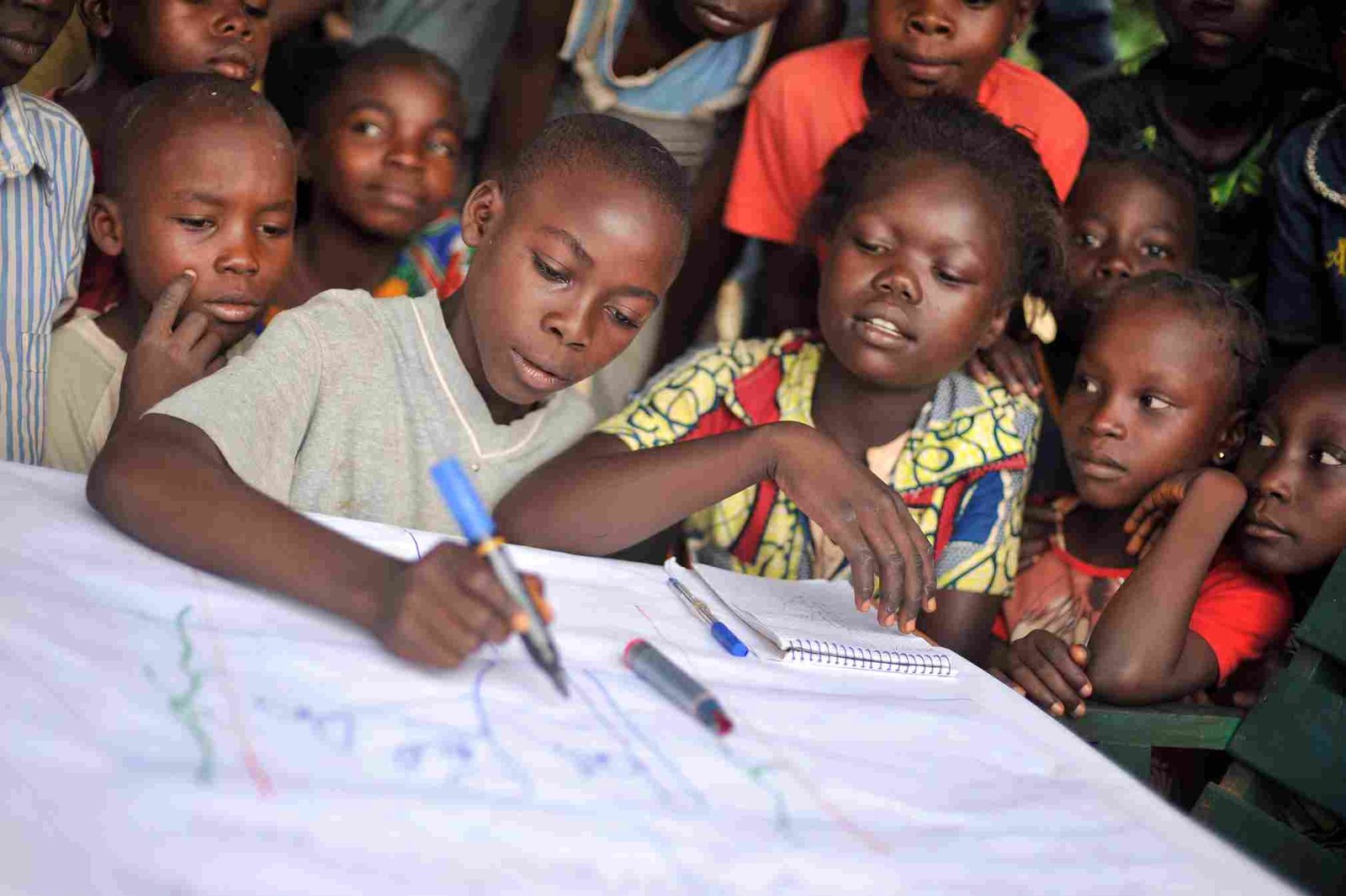On June 12, the world pauses to reflect on one of the most heartbreaking realities of our time—millions of children still trapped in labor.
While schools should echo with laughter and curiosity, too many small hands are instead burdened with tools, chores, and hardships far beyond their years. The World Day Against Child Labor is more than just a date on the calendar; it’s a global call to action.
With the theme “Progress is clear, but there’s more to do,” this year’s observance urges governments, civil society, and individuals alike to accelerate efforts and ensure that no child is left behind in the race for survival.
Where We Stand in 2025
In a joint ILO–UNICEF report, released just ahead of the Day, it’s revealed that nearly 138 million children are still trapped in child labor—54 million of them in hazardous work that threatens their safety and development.
Although this marks a near-halving since the year 2000, the world has not met the Sustainable Development Goal of eradicating all forms of child labor by 2025.

Tragically, without similarly fast-paced progress, experts warn it may take centuries to eliminate child labor entirely. The situation is dire in Sub-Saharan Africa, where around 87 million children are engaged in labor—particularly hazardous forms of it. Worldwide, about 61% of child labor occurs in agriculture, with others working in services and industry.
Why the Theme Matters?
The official 2025 theme acknowledges progress—from massive reductions in Asia and Latin America to improved legal frameworks like ILO Conventions 138 and 182. However, it also issues a cautious reminder: continued funding and enforcement are critical.

Recent aid cuts—particularly in education and livelihoods support—could reverse gains. Pauses in funding threaten structural gains.
UNICEF Executive Director Catherine Russell underscores that without robust legal protection, quality education, and social safety nets, families may rely on child labor out of desperation.
How to Accelerate Action
1. Increase Funding & Social Protection: Donors must restore support for education and family assistance programs to remove financial incentives for child labor .
2. Strengthen Law Enforcement: Ensuring the universal ratification and enforcement of ILO conventions and national laws is crucial.
3. Boost Education Access: School must be accessible to all. Alternative education, scholarships, and community programs can keep children enrolled.
4. Promote Livelihoods for Parents: Empowering parents with dignified wages and economic opportunities reduces reliance on child income.
5. Raise Awareness: Public campaigns can shift social norms and galvanize communities to stand against child exploitation.

Read More: Red Hand Day raises alarm on child soldiers
In Pakistan, child labor is driven by poverty and educational disparities. Historically, over 11 million children worked in the 1990s, many under age ten. Today, it’s still pervasive in agriculture, factories, and informal work. Progress requires better enforcement of labor laws and improved access to schools.
Child labor denies children their right to a safe, playful childhood and steals opportunities for education and personal growth. When they are forced into work—sometimes in dangerous conditions—they miss out on the very foundation needed to break cycles of poverty.
As the ILO’s DG Gilbert F. Houngbo reminded us, “Children belong in school, not in labor.
What You Can Do on June 12 and Beyond
Combating child labor requires not just policy shifts but collective civic responsibility. Individuals can contribute meaningfully by raising awareness through social media, amplifying verified facts—such as the staggering 138 million children still engaged in child labor globally.
Supporting local NGOs that focus on rescue, rehabilitation, and education efforts within Pakistan can strengthen on-ground impact. Furthermore, advocating for stronger policy enforcement, inclusive education systems, and better legal frameworks remains critical to long-term change.

Volunteering time or donating to community programs that provide alternative learning or skill development opportunities can help steer at-risk children toward brighter futures.
Finally, holding businesses accountable by choosing ethically sourced products and demanding child-labor-free supply chains reinforces global pressure for transparent and responsible corporate practices.
World Day Against Child Labor 2025 reminds us that we’ve come far—but must not be complacent. Every dollar, law, and act of awareness matters.
Areeba Kanwal is a contributor at The Diplomatic Insight and has passion for International Relations and diplomacy.





